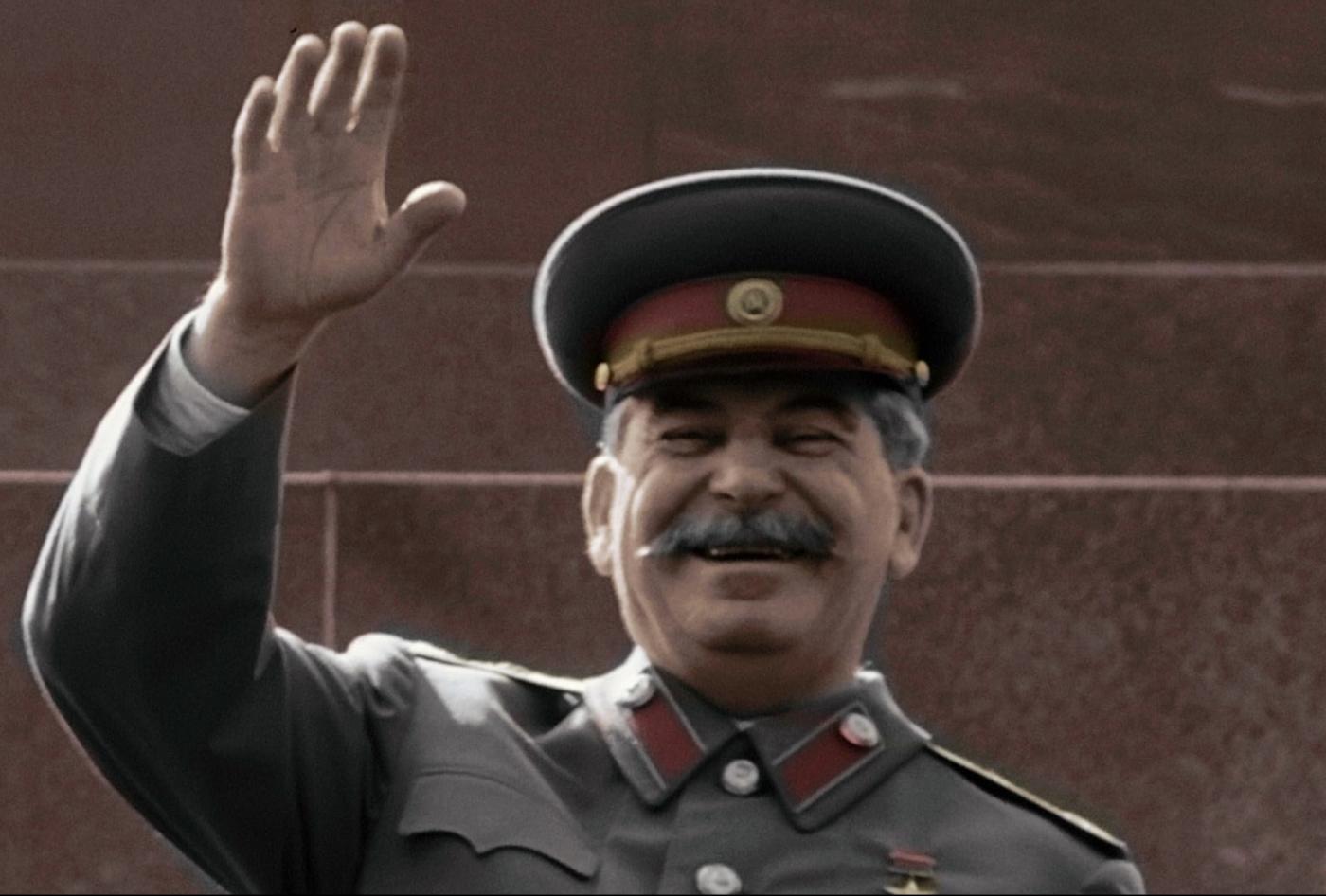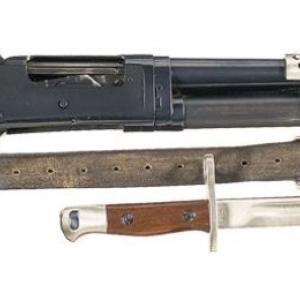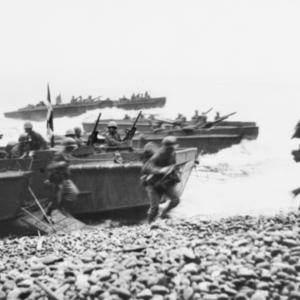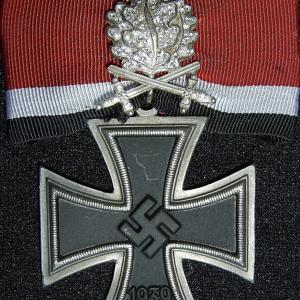
Stalin
Joseph Stalin was born Iosif Vissarionovich Dzhugashvili on December 18, 1878, in the provincial Georgian town of Gori, then part of the Russian Empire. His upbringing was marked by hardship and violence. His father, a shoemaker, was frequently abusive, and young Stalin suffered from a number of illnesses, including smallpox, which left his face permanently scarred. His left arm was also damaged in a childhood accident, leaving it shorter than the right. Despite these setbacks, his mother remained determined that he would join the clergy, hoping it would offer a path to a better life.
At age 16, Stalin entered the Tiflis Theological Seminary. It was during these years that he was exposed to revolutionary literature, particularly the works of Karl Marx and Friedrich Engels. He began to associate with Georgian nationalist and socialist groups, and by 1898, he had joined the Russian Social Democratic Labour Party. He abandoned his religious studies and committed himself fully to revolutionary activity, working as an underground agitator and organizer. He quickly developed a reputation for discipline, secrecy, and a talent for logistics, including orchestrating armed robberies to finance party operations—most famously, the 1907 Tiflis bank robbery that resulted in numerous deaths and yielded over 300,000 rubles.
Over the next decade, Stalin was arrested multiple times and spent long periods in exile in remote Siberian villages. These hardships, however, did not hinder his rise within the Bolshevik faction led by Vladimir Lenin. By 1912, Lenin had brought Stalin into the party's central committee, recognizing his effectiveness as a political operative, particularly among non-Russian nationalities.
When the Bolsheviks seized power during the October Revolution in 1917, Stalin was appointed Commissar for Nationalities, overseeing relations with the various ethnic groups in the newly formed Soviet state. He later held key administrative and military posts during the Russian Civil War. His ability to build networks within the bureaucracy led to his appointment as General Secretary of the Communist Party in 1922—a position that seemed unimportant at first but gave Stalin immense control over appointments and party loyalty.
After Lenin’s death in 1924, Stalin moved swiftly to consolidate power. He presented himself as Lenin's natural successor and "man of the people," even though Lenin had expressed serious reservations about Stalin’s temperament and authoritarian tendencies in his final writings. Stalin neutralized rivals like Leon Trotsky, Grigory Zinoviev, and Lev Kamenev through political maneuvering and propaganda, ultimately emerging as the uncontested leader by the end of the 1920s.
In the 1930s, Stalin launched a series of sweeping reforms and repressions. His first major initiative was rapid industrialization through a succession of Five-Year Plans. These aimed to modernize the Soviet economy, build heavy industry, and create a powerful military-industrial complex. Simultaneously, he implemented forced collectivization of agriculture, which resulted in widespread resistance among peasants. This policy led to catastrophic famines, especially in Ukraine, where the Holodomor claimed the lives of millions between 1932 and 1933.
Stalin’s regime also implemented a vast system of political repression. Through the NKVD (secret police), he carried out purges of perceived enemies within the Communist Party, military, and general population. Show trials, forced confessions, and executions were common during the Great Purge from 1936 to 1938. Hundreds of thousands were executed or sent to labor camps in the Gulag. The purges decimated the Red Army's officer corps just years before the outbreak of World War II.
In 1939, Stalin shocked the world by signing the Molotov-Ribbentrop Pact with Nazi Germany, a non-aggression treaty that included secret protocols dividing Eastern Europe into spheres of influence. Shortly after, the Soviet Union invaded eastern Poland, the Baltic states, and Finland. Although the Soviet-Finnish Winter War of 1939–1940 was poorly executed by Soviet forces, it gave Stalin control of strategic territory.
On June 22, 1941, Adolf Hitler betrayed the pact and launched Operation Barbarossa, the largest invasion in history, against the Soviet Union. Stalin was initially paralyzed by disbelief and delayed mobilizing the Red Army, which allowed German forces to make rapid gains. Cities such as Minsk, Smolensk, and eventually parts of Leningrad and Ukraine fell under Nazi control. The Red Army suffered millions of casualties in the first year.
Despite early setbacks, Stalin eventually rallied the nation. He took direct control of military operations and inspired national resistance through powerful speeches and state propaganda. At immense cost, the Red Army halted the Germans at the Battle of Moscow in late 1941, followed by the turning point at the Battle of Stalingrad in 1942–1943. These battles were characterized by extraordinary brutality, both from the Nazi invasion forces and Stalin’s refusal to allow retreats or surrender. Entire divisions were expected to fight to the death, and harsh punishments awaited survivors.
Stalin played a critical role in the wartime alliance with the United States and Britain, though relations were marked by suspicion and ideological conflict. At the Tehran, Yalta, and Potsdam Conferences, Stalin asserted Soviet interests in Eastern Europe, leading to the post-war division of Europe and the beginnings of the Cold War.
By 1945, the Red Army had advanced to Berlin, and Stalin was at the height of his power. The Soviet Union emerged from World War II as one of two global superpowers, but at a terrible cost: over 20 million Soviet citizens, both military and civilian, had died.
Stalin continued to rule the Soviet Union with an iron grip until his death in 1953. In his final years, he grew increasingly paranoid, launching another wave of purges known as the Doctors’ Plot and preparing for further political trials. He died of a stroke on March 5, 1953, leaving behind a legacy of transformation, terror, and tyranny.










